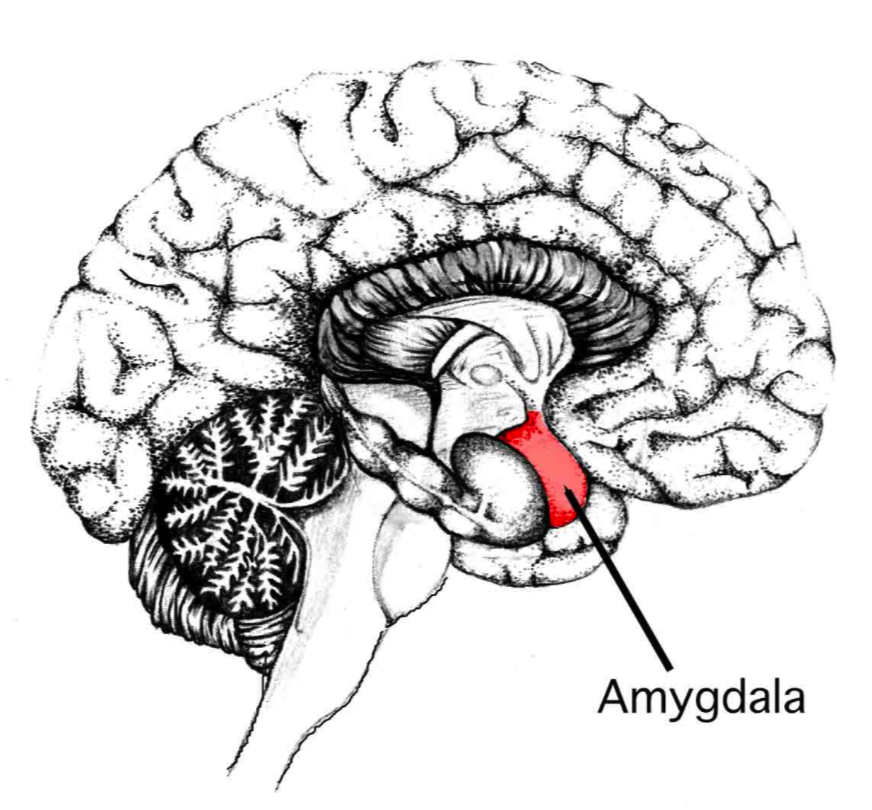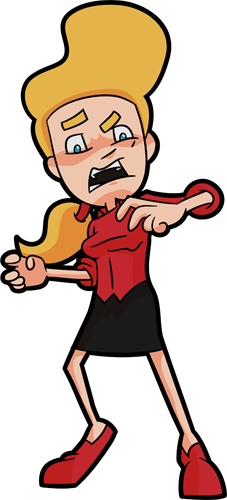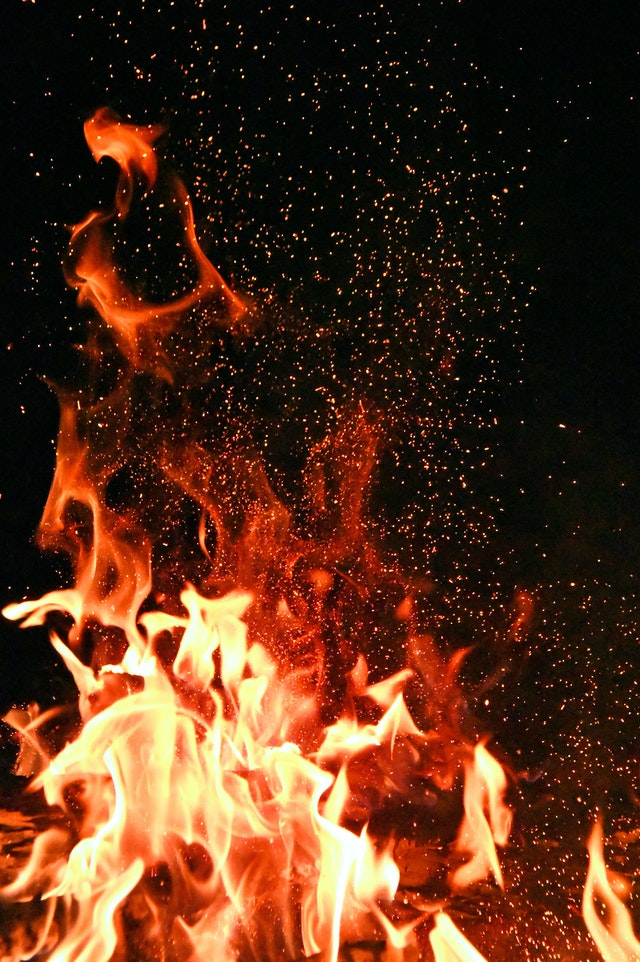Know GAD? it goes Undiagnosed or Treatment resistant GAD

 Generalized Anxiety Disorder (GAD) is a common disorder that often goes undiagnosed because of the other disorders it co-occurs with
Generalized Anxiety Disorder (GAD) is a common disorder that often goes undiagnosed because of the other disorders it co-occurs with
….and overlooking it can lead to significant problems for patients, speakers at the Psych Congress pre-conference said.
At least 50% to 60% of people taking a pharmacological agent have treatment-resistant GAD, said Psych Congress co-chair Rakesh Jain, MD, MPH.
“It’s so common that just like depression, it is the rule, not the exception,” said Dr. Rakesh Jain, Clinical Professor at the Department of Psychiatry, Texas Tech Health Sciences Center School of Medicine in Midland, Texas.
Psych Congress Steering Committee member Saundra Jain, MA, PsyD, LPC, urged the audience of more than 500 clinicians to use a scale or screener such as the GAD-7 to detect anxiety in patients. Such an assessment can be done in as little as a minute, she said.
“The challenge for us as clinicians is that it’s very sneaky. It’s like a snake lying in wait to strike,” said Dr. Saundra Jain, Adjunct Clinical Affiliate at the University of Texas at Austin School of Nursing and executive director of the Mental Aerobics Project. “That heavy burden, that responsibility, really does fall in our laps, to not let it sneak past us.”
Clinicians should look out for anxiety in patients when they present with other psychiatric disorders, particularly depression, she said, noting that more than 60% of patients with major depression also have GAD.
- Pharmacologic and nonpharmacologic approaches must be used in treating GAD, Dr. Rakesh Jain said.
Only 4 medications are approved by the FDA for treating GAD, and the most recent approval was in 2003, he said. They are the selective serotonin reuptake inhibitors (SSRIs) paroxetine and escitalopram and the serotonin–norepinephrine reuptake inhibitors (SNRIs) venlafaxine ER and duloxetine.
No medicines are specifically approved for treatment-refractory GAD, but atypical antipsychotics may be useful against it, he said. Other off-label options to consider are vilazodone, adjunctive pregabalin, buspirone, and bupropion.
Benzodiazepines were previously seen as a standard treatment for GAD, but they are no longer commonly used for the disorder and, in some cases, could hurt patients, Dr. Rakesh Jain said.
On the nonpharmacologic side, cognitive-behavioral therapy (CBT) has many advantages, including an efficacy of 70% to 85%, a lower relapse rate than medication when discontinued, and few adverse side effects, Dr. Saundra Jain said. She recommended using it for patients whether they are doing well on medications or not.
She pointed to a study published in 2013 in which CBT and escitalopram both lowered relapse rates in patients with GAD, but the combination of the 2 yielded the lowest relapse rate.
“CBT is a nonpharmacological intervention that we must offer to [patients] because of the benefits, particularly as an augmentation strategy” she said. “It is a beautiful added insurance policy.” Combining CBT with mindfulness meditation, called mindfulness-based cognitive therapy (MBCT), is a “marriage made in heaven” that has been shown to improve psychological and bodily anxiety as well as mood in patients with GAD.
Combining CBT with mindfulness meditation, called mindfulness-based cognitive therapy (MBCT), is a “marriage made in heaven” that has been shown to improve psychological and bodily anxiety as well as mood in patients with GAD.
“MBCT may really be this broad spectrum intervention,” Dr. Saundra Jain said.
- People with anxiety have greater activity in their amygdala, and research has shown that mindfulness-based stress management is effective in reducing that overactivity, Dr. Rakesh Jain said.
Patients with anxiety can also benefit from other wellness interventions, such as nutrition, exercise, social connectedness, and sleep hygiene, Dr. Saundra Jain said. GAD-7 scores decreased by 45% in patients who spent 30 days following the WILD 5 Wellness Program, which combines mindfulness with those elements.


